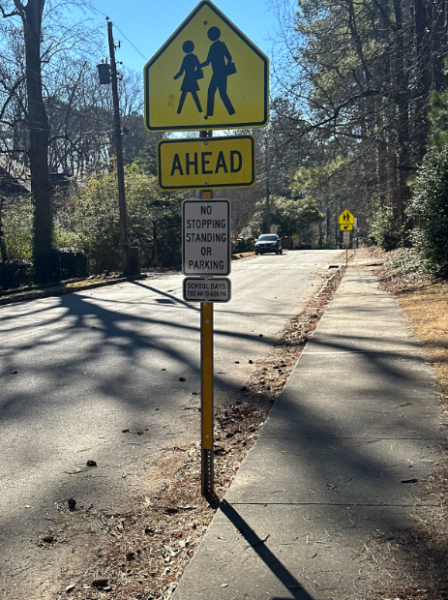Raging Bushfires in Australia: What You Need to Know
Since the start of the new year, a series of photos posted by the Instagram account @earth have made the rounds on social media. One depicts a blackened map of Australia with flecks of orange concentrated around the coast. Another shows a column of smoke streaming out of a forest.
For Australia, this time of the year is known as bushfire season, when conditions are ideal for a blaze. The significance of this specific fire is its severity. Many different things are partially responsible. Last spring was the driest in decades, and an extreme heat wave struck Australia in December. Some believe that these circumstances were made possible by climate change.
Additionally, others have speculated that there could have been a human component involved. As of Jan. 6, 24 people have been charged with intentionally setting fires, while 100 others are facing consequences for breaking rules regarding fire safety (i.e. disposal of lit matches).
To understand just how catastrophic the situation is right now, try to recall the fires in California last year that forced celebrities, such as LeBron James, from their homes. Those fires burned roughly 102,000 hectares of land. Now, think of the fires in the Amazon Rainforest last summer. They burned about 906,000 hectares of land. Both of these were major disasters for their respective areas, as well as for the rest of the world. As of now, the bushfires in Australia have scorched their way through 8.4 million hectares and show no signs of stopping. We should all be worried.
It’s not just about the acreage, either. Biodiversity experts from the University of Sydney recently estimated that roughly one billion animals have died thus far. Many staggering figures continue to be reported. For example, the biodiversity experts also believe that about 30% of the koala population in the state of New South Wales have died due to habitat loss.
Additionally, the Australian economy is expected to take a major hit. An economic analyst from SGS Economics and Planning expects a loss to the tune of $2.1-$4.3 billion, which will cause Australia’s GDP to drop by about .4%. As many are blocked from their workplaces by fires, some businesses have been unstaffed for days or weeks.
Although America is far from the flames, we should expect negative effects as well. The massive clouds of smoke have the potential to float into the stratosphere, where they create net warming by absorbing more solar radiation. This could make our global warming emergency even more dire. A disaster of this magnitude for any ecosystem around the world, regardless of its location, will hurt all of us.
Your donation will support the student journalists of Chamblee High School Blue & Gold. Your contribution will allow us to print editions of our work and cover our annual website hosting costs. Currently, we are working to fund a Halloween satire edition.

James Hardy is a senior and editor of the Blue & Gold. In his free time, you can find him memorizing baseball stats, exploring local parks, or driving aimlessly instead of finishing his college applications. In five years, he hopes to have finally read the stack of books sitting on his desk. This is his second year on staff.









